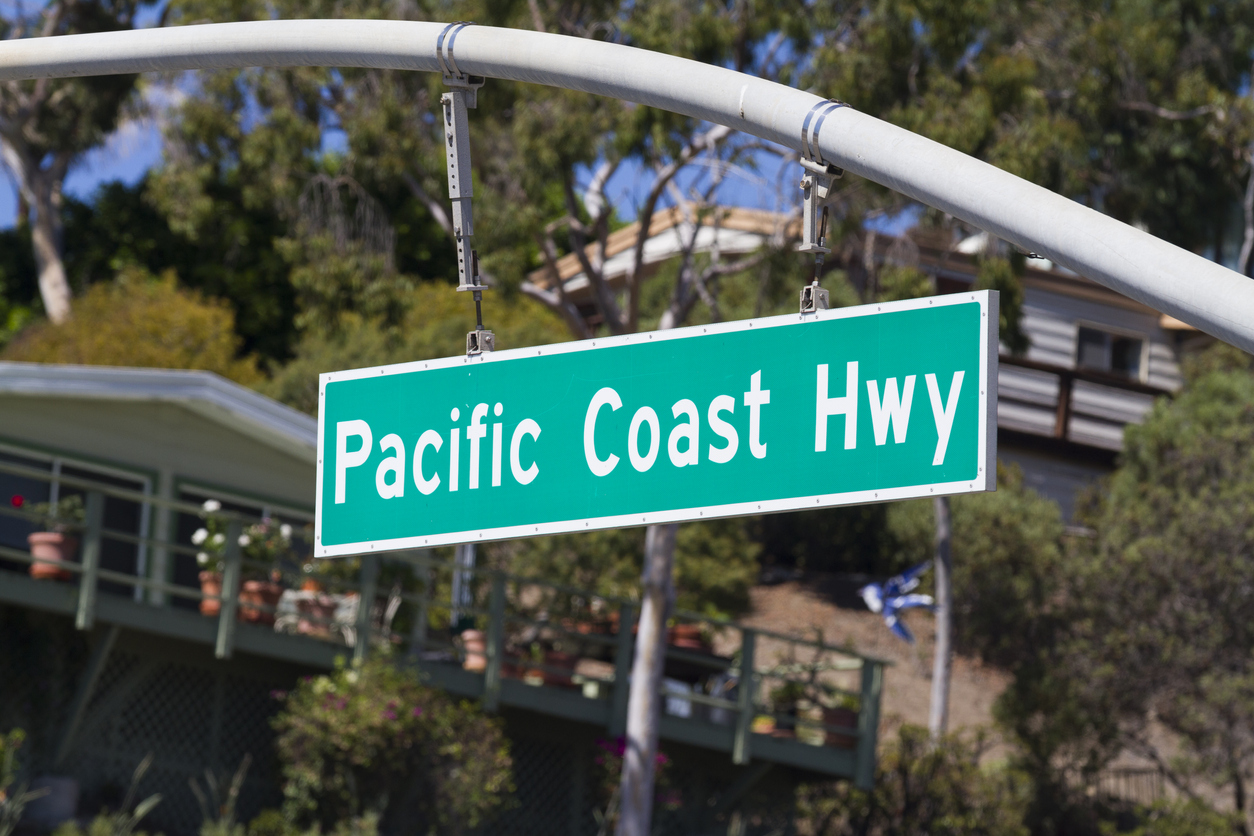The Marina Del Rey Hotel is a hidden gem in Southern California. It is nestled among thousands of sailboats and is a perfect setting for a conference. The California Association of Public Insurance Adjusters (CAPIA) will hold its Annual Convention there this coming Thursday.
Sandy Watts of United Policyholders and I will be speaking together at the convention. Our presentation is Why Insurance Gaps are the Most Dangerous Issue Facing Policyholders and Public Adjusters and What Public Adjusters Can Do About It. Here is an outline of the topics we will discuss during the presentation:
1. What is the definition of an “Insurance coverage gaps” aka Protection Gaps
2. What are Examples of when these occur in the policy:
A. Deductibles, Retentions, Sublimit and Coinsurance Penalties
B. Mortgage and Lender Requirements Not Being Met
C. Undervaluation and Demand Inflation Following Catastrophes
3. What are new trends of coverage gaps found in policies?
A. Roofs
B. Water Damage
C. Mold
D. New Definitions For ACV
E. New Timelines For RCV Payment
F. Smoke and Embers
G. Marring and Cosmetic Damage for Hail Claims
H. No Payments for Matching
I. Reduced Coverage For Older Buildings and Portions of Buildings
J. Favored Contractor Requirements OR Face Limits
4. The Knowledge Gap and Educating Consumers About Policy Language and Claims Issues
5. What Public Adjusters Can Do?
A. Self-Education of the new policy forms and sharing information
B. Examples From Policyholders About the Impact
C. Sharing Experiences With UP and Regulators
D. Policy and Form Collection/Sharing
6. Voices of Policyholders
7. What Will CAPIA Do?
A. Public State Regulators
B. Public State Elected Officials
C. NAIC State Staff
D. UP—Restoring The Insurance Safetynet Coalition (RISC)
I have written and spoken on this topic before. In Coverage Gaps Plague Policyholders! Merlin Law Group and AAPIA Host Webinar Explaining What Is Being Done To Fight This Problem, I noted:
Insurance restoration contractors and policyholders need coverage to rebuild structures after losses occur. Public adjusters have nothing to adjust if there is a huge coverage gap. We need to educate and then promote laws and regulations which will fix this significant problem. Merlin Law Group is dedicated to this worthy fight.
At the RMAPIA conference this past week, public adjusters asked the Colorado Division of Insurance why there was not a standard minimum all risk insurance policy for the same reasons there was a standard fire insurance policy. This method of stopping insurance companies from writing out coverage to gain advantages over competitors is one method which I supported in Fighting Insurance Coverage Protection Gaps Is Sound Public Policy:
When public policy makers are having those in academia acknowledge that there is a problem, this is usually a good first step to the next question—how to we go about solving the issue?
Certainly, one way is to stop allowing insurance companies to clandestinely write their way out of coverages. For the same reason insurance departments mandated minimum requirements found in the Standard Fire Insurance policy, which still exist in many states, we should require minimum requirements and safeguards of insurance for the all-risk product.
For those interested in this topic and for those more academically inclined, the Rutgers Law School and Rutgers Center for Risk and Responsibility have an excellent discussion of the Essential Protections for Policyholders.
I look forward to seeing friends in Marina Del Rey and strongly encourage all public adjusters who can attend this important convention to do so. Here is the link: https://www.capiainc.com/ev_calendar_day.asp?date=11/11/2021&eventid=1
Thought For The Day
I surf; I skateboard. I’m from Southern California. I never thought I was going to be an actor. And to be honest with you, I never really thought of myself as one.
—Paul Walker




